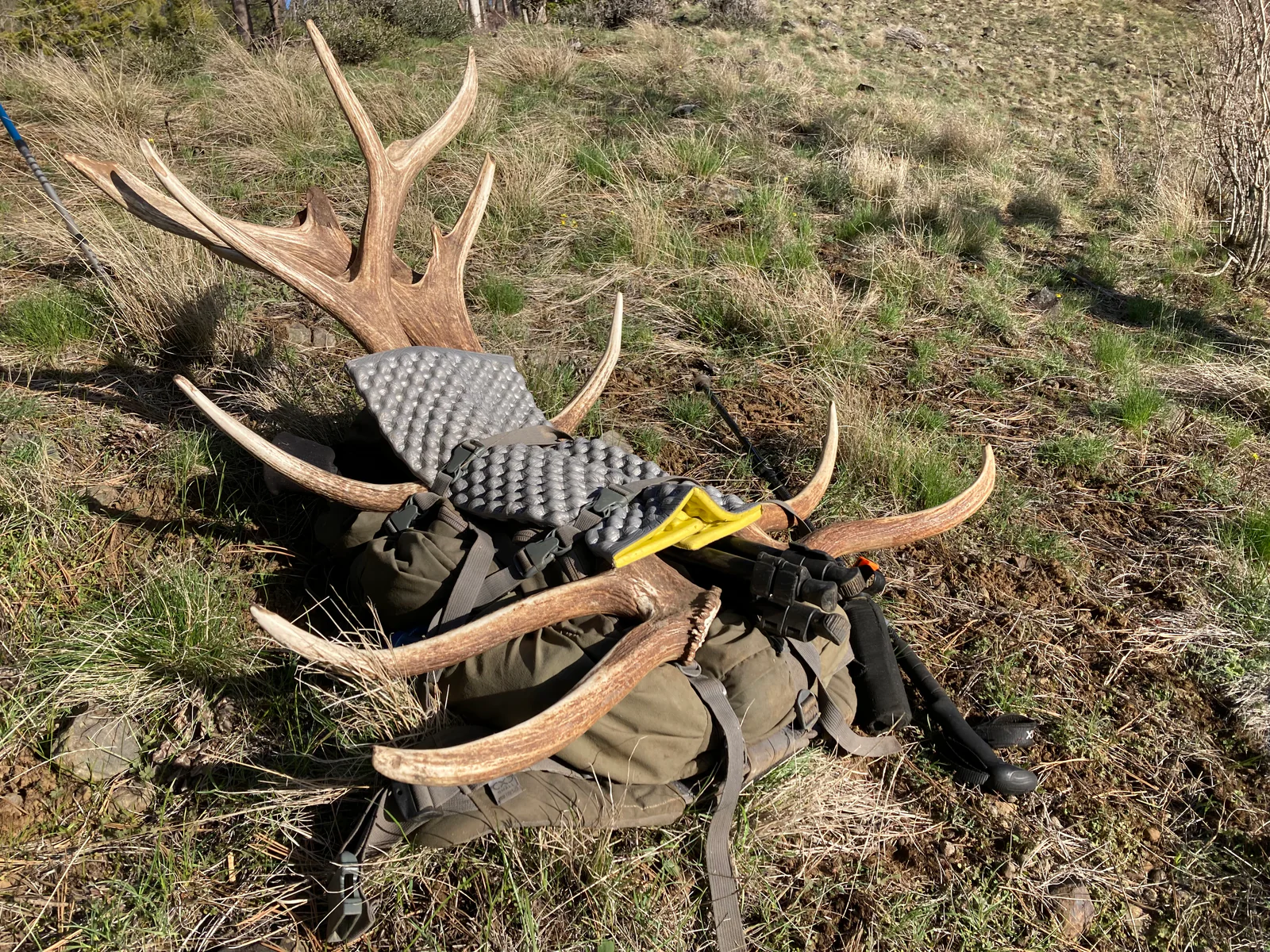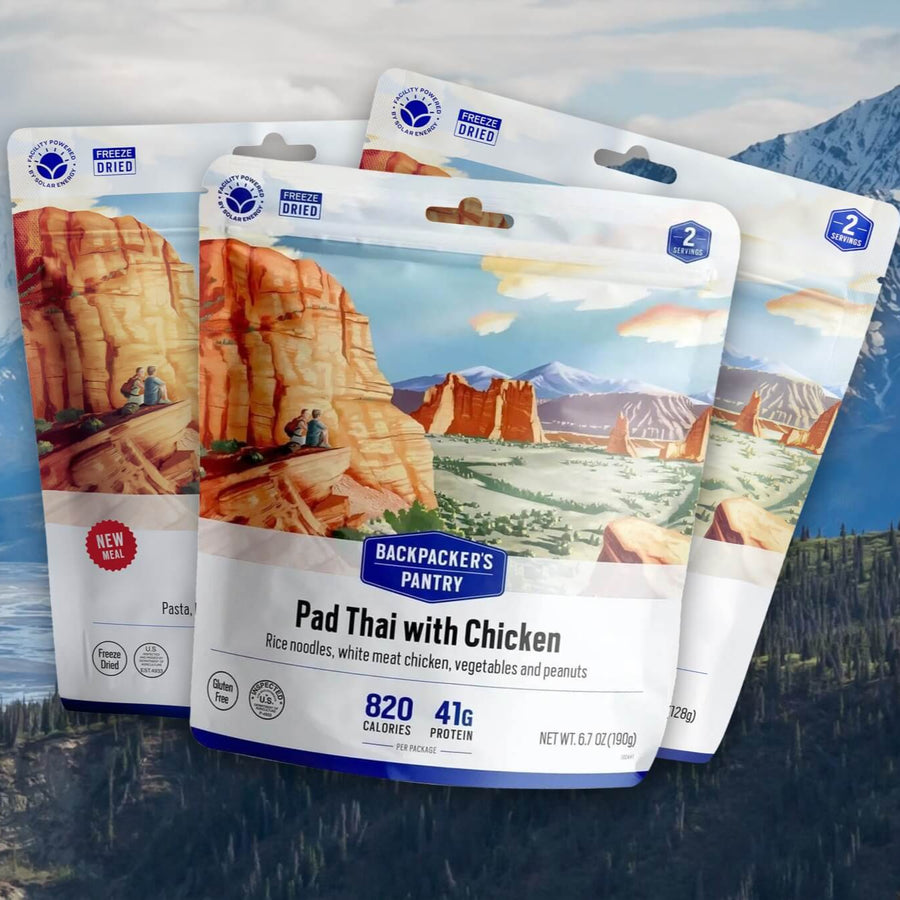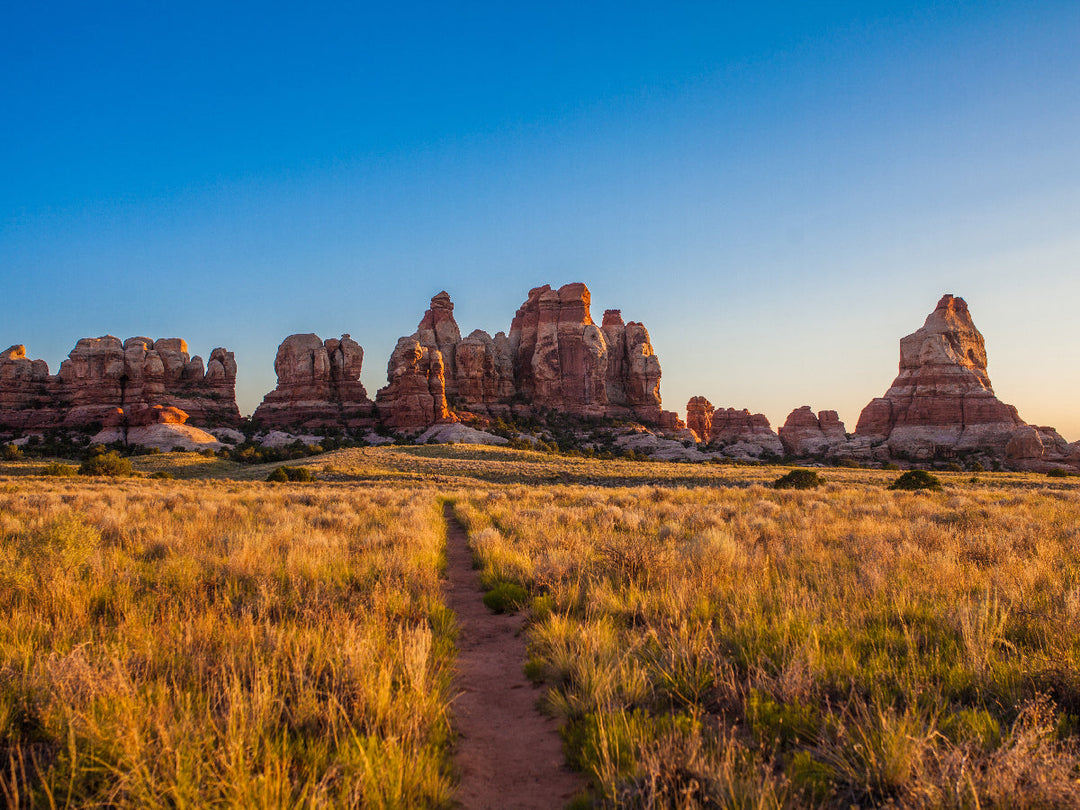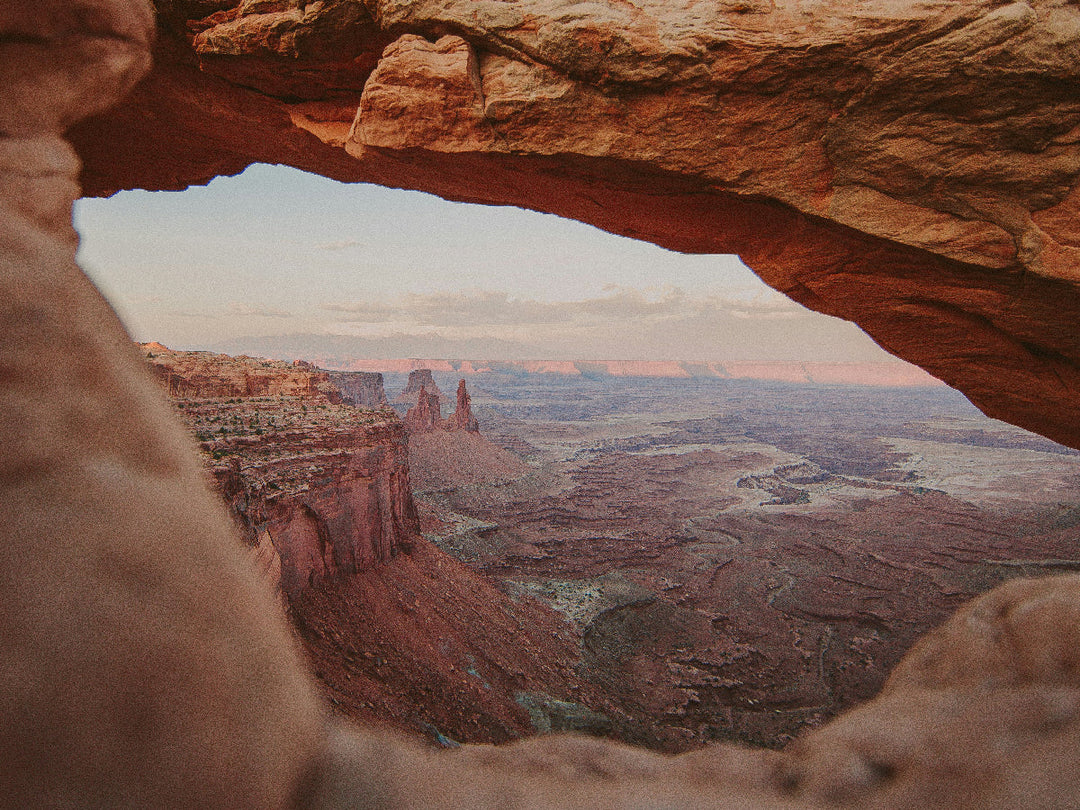Everything You Need To Know About Antler Shed Hunting

by Eli Fournier
With nearly 30” of heavy April snow at home in Bozeman, it was time hit the road in search of green grass and wildflowers, which, in southwest Montana, are in just about any direction. To many, April is shoulder season—the snowpack is deteriorating and the trails are too sloppy for biking or running. But for me, the first signs of spring mean it’s time to head to the hills in search of antlers. Read along and learn some of the tricks and tips to a successful antler shed hunt.

What is antler shed hunting?
Bull (male) elk drop, or “shed,” their antlers every spring, usually at the end of March into mid-April. Looking for antlers is a great way to shake out the legs and get in some early-season miles. To avoid bumping elk off their winter range, however, wait until the end of April to start searching for antlers. In fact, some areas and states, like Colorado, Wyoming west of the continental divide, and Utah (thanks to a record winter), are closed for shed hunting until May 1.
The biggest bulls often live in tucked away spots, requiring overnight adventures to reach. But if you prepare properly, your persistence and hard work will pay off. This spring, I hit the mountains for an eight-day adventure.
How to go antler shed hunting?
To find sheds, start by finding elk or signs that elk have been in the area recently – droppings, fresh tracks, and their telltale musty smell. Focus on hiking around open south slopes where the grass is greenest and the elk are likely to have been feeding. If you have binoculars, sit down and “glass” a slope for antlers. Let your eyes do the walking, rather than your feet.
And remember, elk have two antlers, and they generally drop them both around the same time. If you’re fortunate enough to stumble on one, grid the area or follow game trails in search of the other.

Where to go antler shed hunting?
There are large elk herds in every western state from New Mexico to Washington. Do some online research to figure out which nearby mountain ranges have a sizable population of ungulates. An old-fashioned phone call to your local wildlife biologist never hurts, either. Then, using satellite imagery, narrow down on specific spots that might hold animals. Look for areas that are a good mix of timber and open-country, providing both shelter and forage. Put your boots on the ground and, after a day tromping through the woods only to find a dearth of elk sign, you’ll at least know to try somewhere else next time.
Legal considerations - Is antler shed hunting legal?
In the United States, antler shed hunting is generally legal but is subject to specific regulations that vary by state. These regulations may include designated seasons, permit requirements, and restrictions on the sale or transportation of antlers. Here are some considerations to keep in mind when shed hunting in the US:
- State Regulations: Each state has its own wildlife regulations, including those related to shed hunting. It's essential to familiarize yourself with the rules and requirements of the state in which you plan to hunt for antlers. Some states may have designated seasons, while others may require a permit.
- Public Lands: Shed hunting is typically allowed on most public lands, such as national forests and Bureau of Land Management (BLM) lands. However, there can be exceptions or specific rules that apply, so it's important to check with the managing agency before venturing out.
- Wildlife Refuges and National Parks: Shed hunting is often prohibited in designated wildlife refuges, national parks, and protected areas to minimize disturbance to wildlife and habitats. Consult regulations for each specific area before planning your shed hunt.
- Selling Antlers: There may be restrictions on selling antlers or using them for commercial purposes in some states. Verify the legality of selling or trading antlers in your area.
To ensure that you're following the law when it comes to antler shed hunting in the US, consult the local wildlife agency, game wardens, or other relevant authorities for the most up-to-date information and guidelines in your area.

Food & fueling for a hunting or shed hunting trip
On longer trips, dinners are essential, and provide the framework for recovering and refueling every evening. Pack meals you’re excited to eat. For my brother (my trusty adventure partner), that meant Pad Thai nearly every night, and for myself, a tradeoff between Mac & Cheese and Fettuccini Alfredo with Chicken. After a big day hiking in the mountains, it won’t matter that you had the same thing last night.
Aside from dinners, do away with the notion of three meals a day. While shed hunting, I’m usually exercising all day, hiking thousands of feet of elevation (all off-trail), scrambling over deadfall, and balancing on steep slopes. I start the day with a bowl of instant oatmeal and a handful of nuts and dried fruit, and then snack continuously on high-protein, high-fat snacks throughout the day. On days I know will be particularly strenuous, I opt for a Rocky Mountain Scramble as well. Learn more about our favorite foods to pack for (shed) hunting.
Considerations for a longer trip
On longer trips, avoid copious amounts of sugar. I’ve figured out through trial-and-error over the last few years that limiting sugar intake is essential to feeling good in the mountains. After continuously waking up drowsy, sore, and headachy, I decided to change my fuel source. Cutting out sugar nearly alleviated my problems, and my hiking and hunting buddies have separately come to their own, similar conclusions. Snack foods are the main culprit – candy bars, sour gummies, and chocolate-caramel clusters. While tasty, they provide only ephemeral energy, and are bound to result in a subsequent sugar crash at some point in the day. Instead, I now pack jerky, cheese, nuts, dried fruit, summer sausage, and other savory, salty snacks.
Also bear in mind that what works on a one or two-night trip will put you in a deficit on a longer trip. Eating enough and recovering every night is critical. In the evenings, I ice bath in a creek, stretch with exercise bands (they only add an ounce or two to my pack), and do calisthenics to relax my muscles.

Boots (and gear) on the ground
With so many gear-intensive sports in the outdoor world, shed hunting is refreshingly simple. All it takes is a backpack to carry supplies and strap antlers to and a pair of hiking boots. A set of binoculars is useful, but not essential.
Ethical considerations
Elk are at their most vulnerable in the spring. Their fat stores are depleted from the winter, they’re tired, and pushing them around can be lethal. Be cognizant of where animals are, and avoid “bumping” them from their preferred feeding grounds. Wait until they’ve moved on to search for antlers.
Some folks sell their antlers to commercial buyers. I was guilty of this at one point too, and did it to earn some extra cash when I was a broke college student. But the real value is in spending time in the woods with friends and family. I have a pile of antlers in my garage now, and each one brings back memories from spring days in the mountains.





